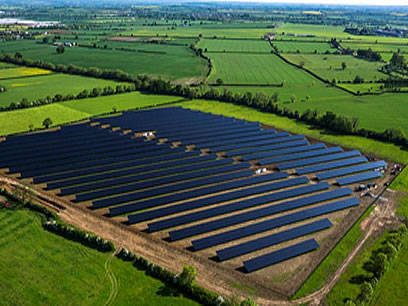
Zambia will be a major global agriculture producer nation by the 2021-2030 periods in sugar, maize, wheat, banana, palm, rice, sorghum, millet, cotton and cassava, pineapple, barley. The country’s well over 740,000 sq mile of land with a relatively small population of under 15 million, provides low/zero ”land-for-development pressure” and its extensive network of perennial rivers and streams with many large static water bodies of natural lakes is well at advantage in global terms and therefore as a destination for agriculture investment.
The Central, Northern and Muchinga provinces will be important locations for large scale eco-friendly commercial agriculture because of the natural and climate-change based rainfall patterns which will minimize the irrigation investments costs.
Global level investors are looking at incorporating African agriculture into their portfolios. Adding agriculture as a strategy for underpinning their traditional investment returns due to significant declines in oil and commodity exposures which continue to impact negatively on returns.
The new dynamics in global populations indicates that Africa will have a population exceeding that of China or India by 2050 and food demand will more than double with a high employable young demographic. Included in the new demand will be the African projections towards middle income status and concomitant food demand.
Political risk evaluated against stability such as prevalent in Zambia provides sound support to large scale investment capital. 51 years since independence, of uninterrupted political stability with 6 regime changes indicates viability of its unique democracy and a national unity of purpose.
Goldlink Sugar is strategically positioning its future operations to respond to Africa’s increasing sugar consumption growth, forecast to grow by six million tons by 2020. It also envisions the establishment of major barley, wheat, banana, sorghum, millet estate to meet increasing local and export demands.
Gold Link Sugar to be a substantial competitor in the supply of sugar, barley, wheat, ethanol and energy to the African industrial and consumer markets.
Biomass of Dry, fibrous bagasse remaining after the extraction process and biomass left in the fields after harvesting will provide us with a renewable energy fuel source which will be used to produce a substantial part, if not 100% of the operations total energy requirements, reducing impact on the national grid. The objective is to become totally self-sufficient in own power requirements and to export electricity to the national grids under terms of a commercial supply agreement with national electricity supply. Sugar milling operation will be geared to a model which can supply a reliable renewable energy source. In addition solar energy production is indicated and will support the irrigation and needs of the general area’s communities at Mpika and outlying areas of the district.
A 50- 75 megawatts of electricity installations are projected. Newest advanced co-generation technology plants will be acquired to facilitate potentials of 250 to 300 kWh of electricity per tonne bagasse. This power will be generated from both bio-mass fed and solar farm to provide energy for mill plants, irrigation and lighting which will be shared with surrounding community and districts.